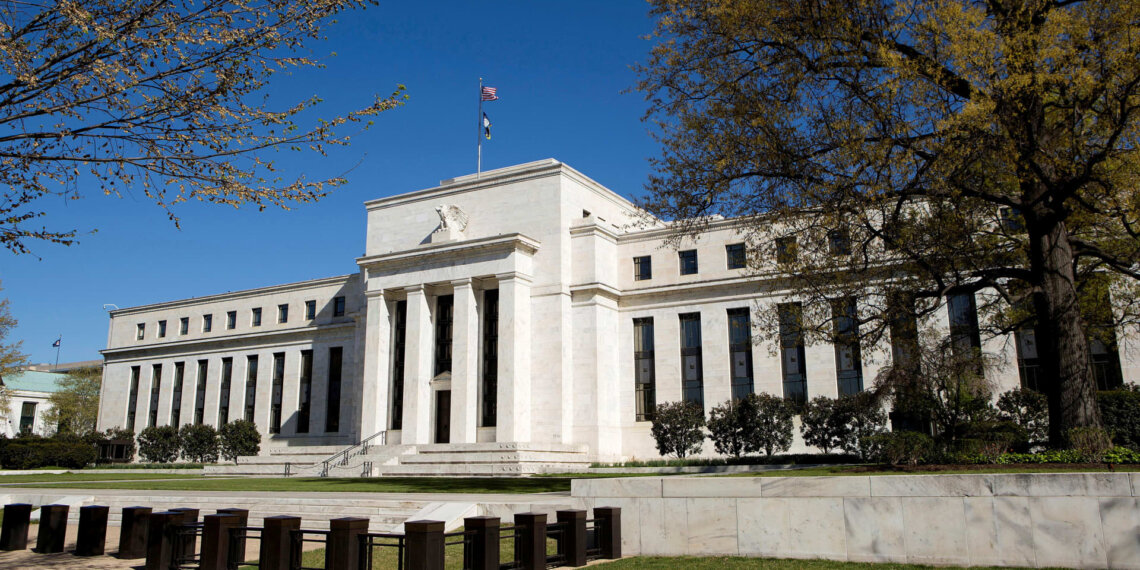The Federal Reserve will maintain its current interest rate policy this week because its members face opposing economic indicators and increasing White House demands. The majority of Federal Reserve officials hesitate to lower interest rates because they recognize that ongoing tariff effects continue to affect inflation.
The United States maintains its highest tariff levels since the 1930s despite recent trade agreements with Japan and the European Union which lowered their tariff rates to 15%. The tariffs implemented by the government have started to increase prices for consumers which resulted in a 3.5% annual inflation rate in June.
Two Trump-appointed Fed Governors named Christopher Waller and Michelle Bowman might vote in favor of a rate cut which would create the first dual dissent since the 1970s. Waller believes hiring momentum is slowing down while Bowman thinks high interest rates pose risks to the labor market.
Fed Chair Jerome Powell has shown restraint by stating that inflation expectations stay stable while employment rates approach maximum capacity. The upcoming decision will establish important factors that could influence Federal Reserve interest rate adjustments throughout the current year.
Markets will analyze the upcoming inflation and employment data on Friday to determine the Federal Reserve’s future course.










